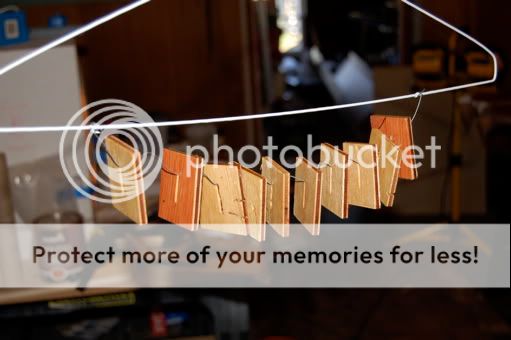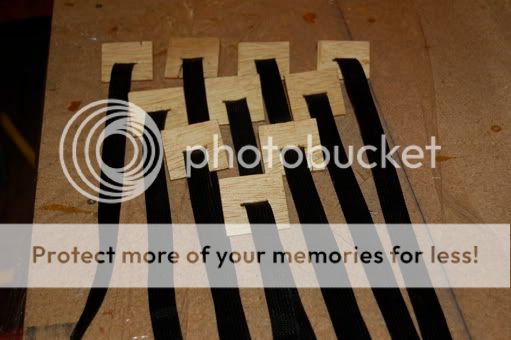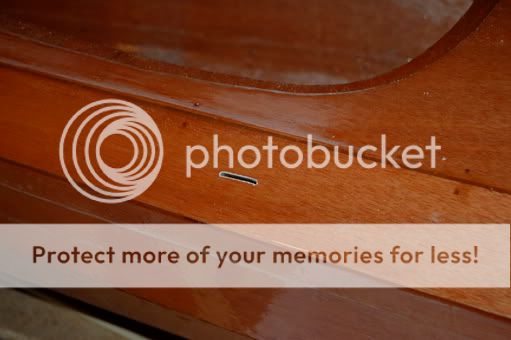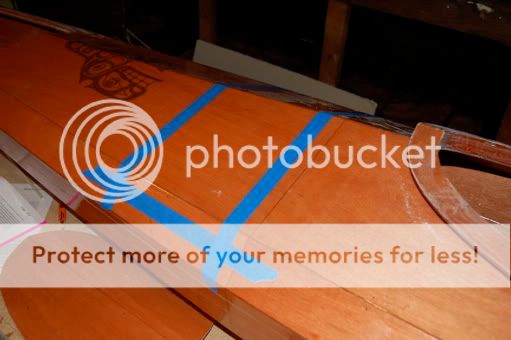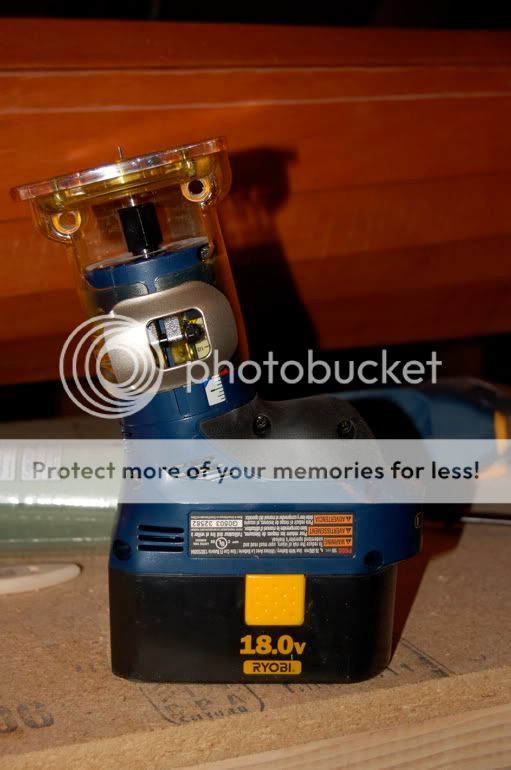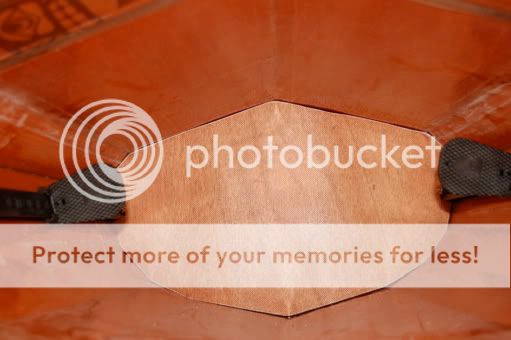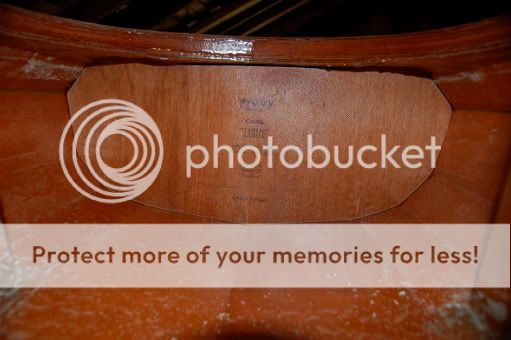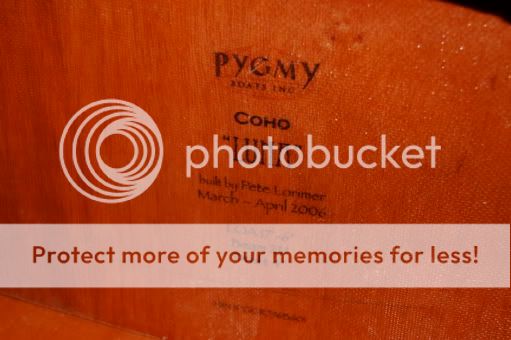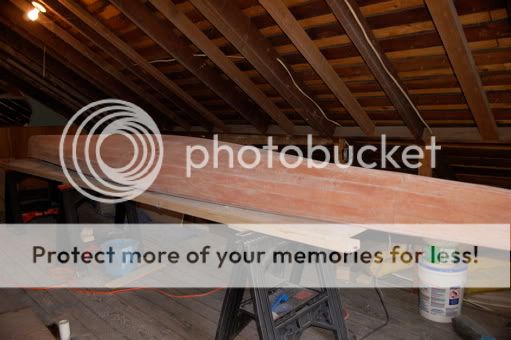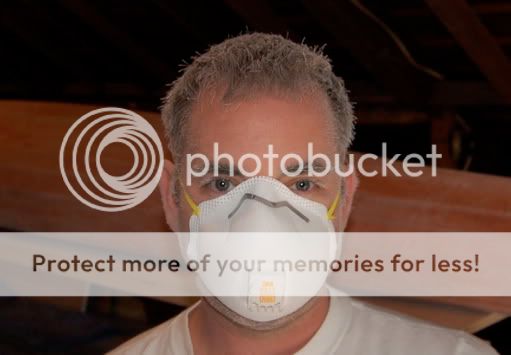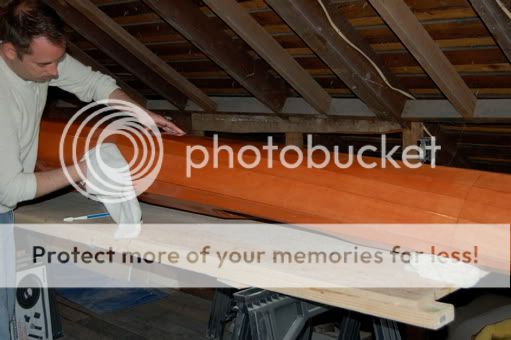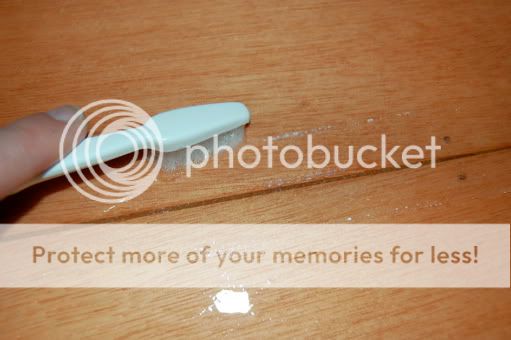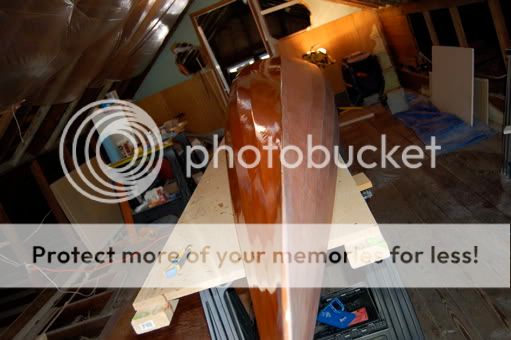Miklos
Paddler
I had success with the stick method. For the stick, I used an old broom handle with a long taper cut to hold the syringe at an angle. But it was the syringe that made it work great. I used an old horse de-wormer syringe. It was about 1" in diameter and 5" long with about a 3/16" diameter opening. I mixed wood flour to a little thicker than honey and it worked great. Truth be told- I did try it with the Pygmy supplied syringe first and almost had a catastrophic anger meltdown. 8O  :lol:
:lol:


